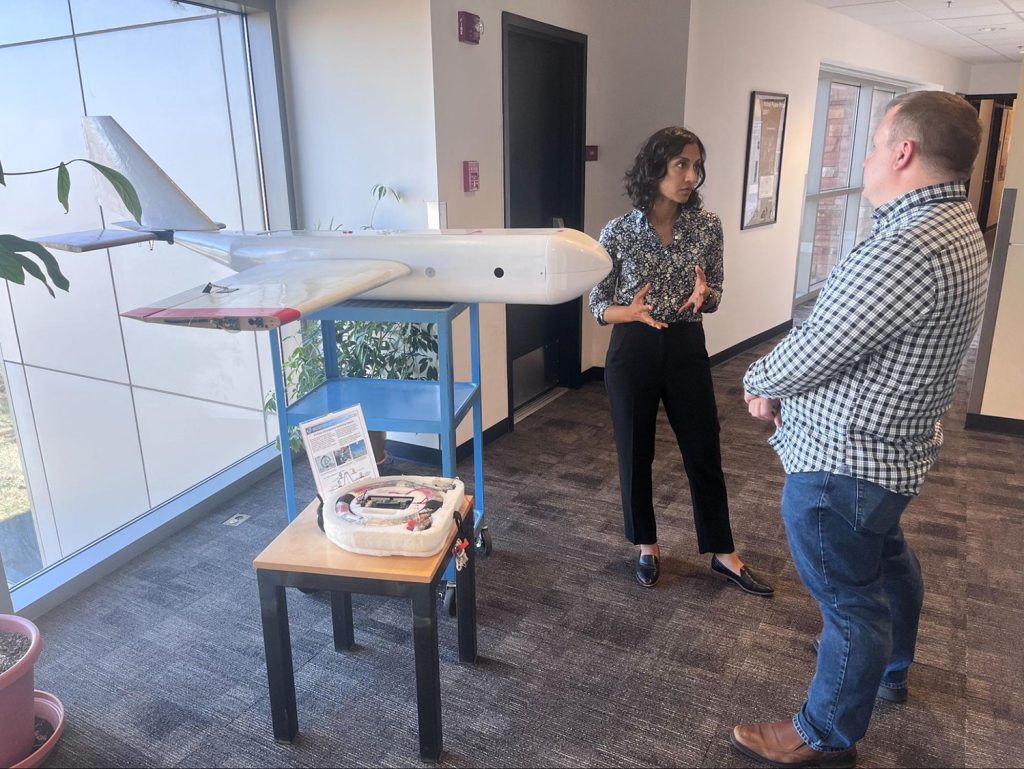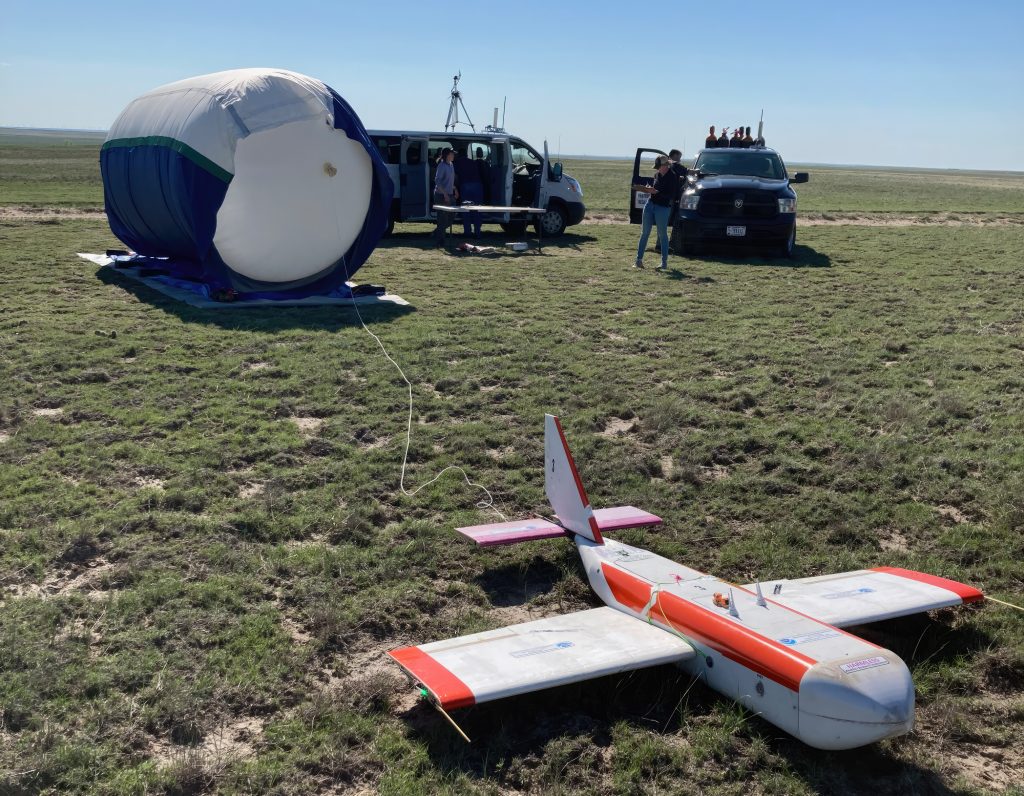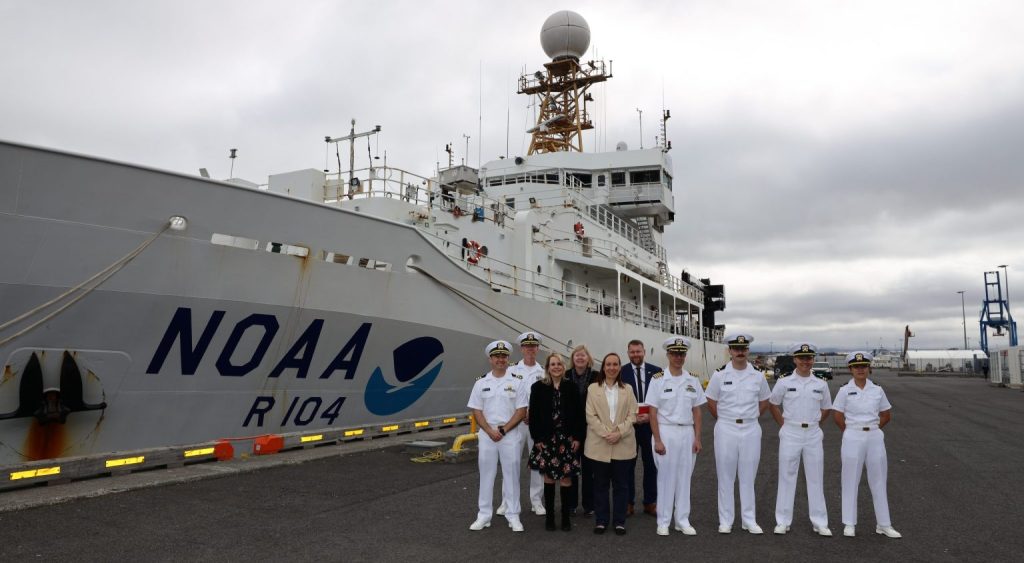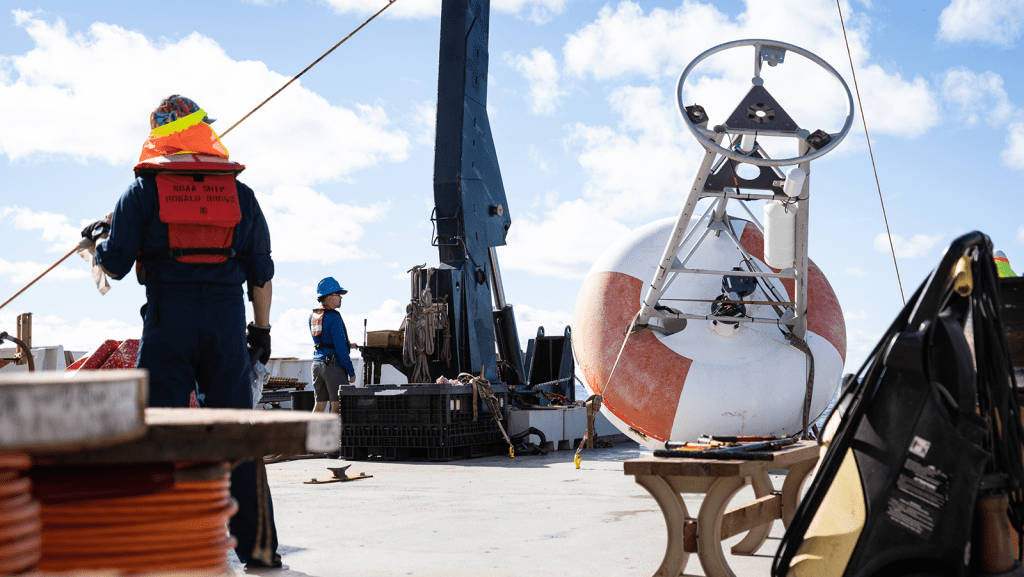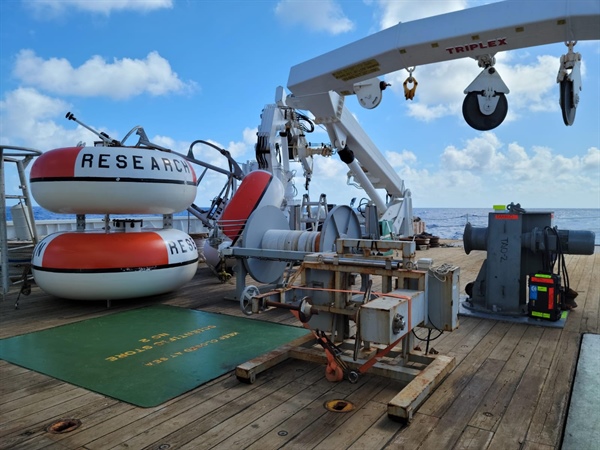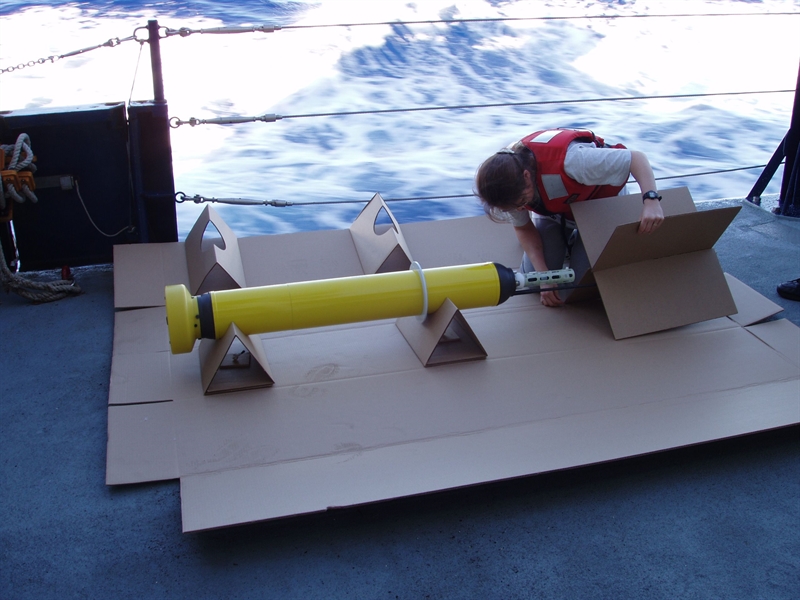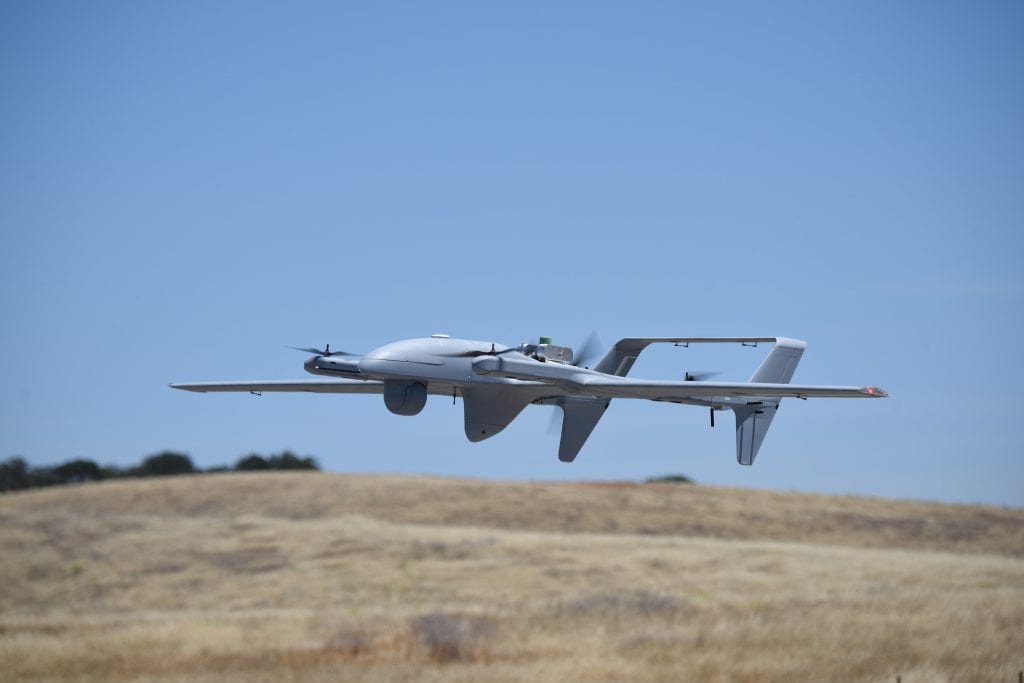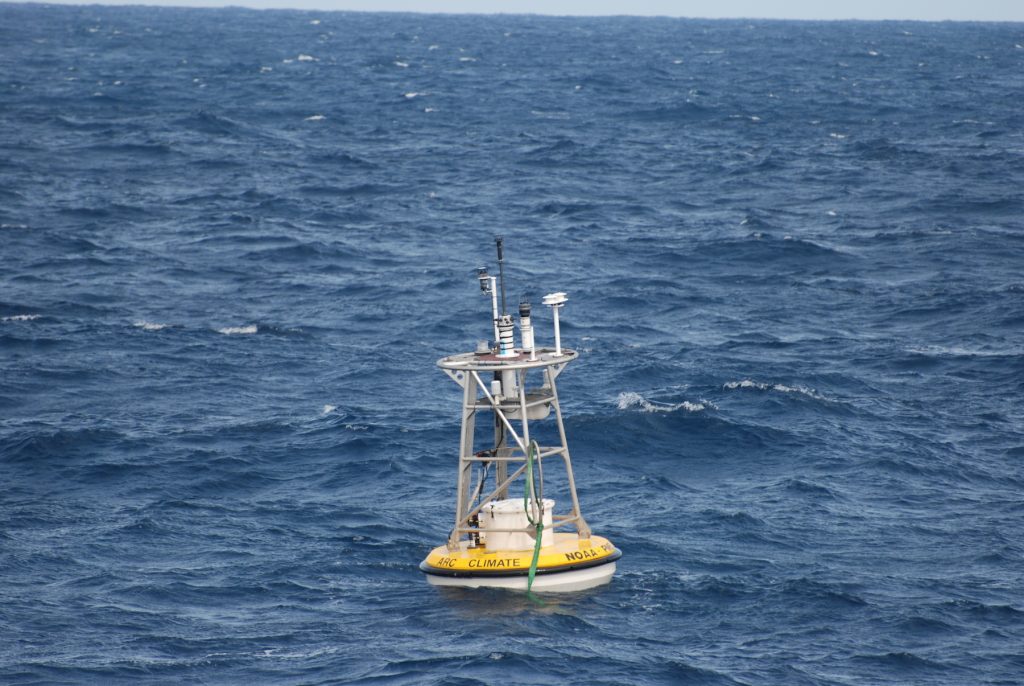Patenting innovation in climate science
Parikha Mehta has spent the last four months focused on the intersection of intellectual property and climate and environmental technologies while on an employee exchange (known as a detail) at NOAA from the U.S Patent and Trade Office (USPTO). Her goal: Help researchers understand the importance of protecting their inventions so that NOAA’s research and technology can better serve the public and inspire future innovation.
Patenting innovation in climate science Read More >
